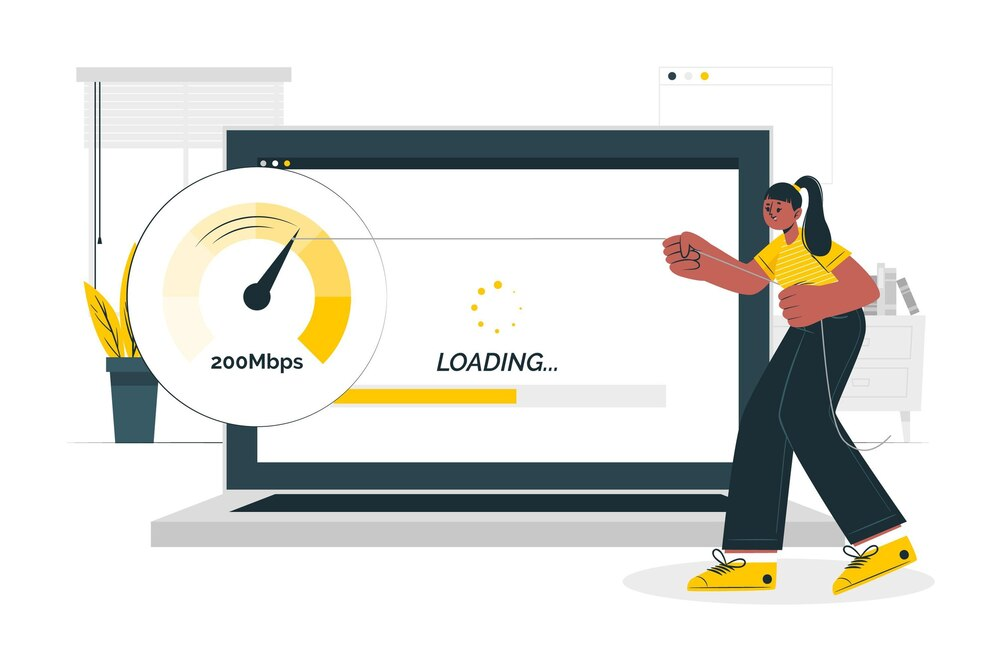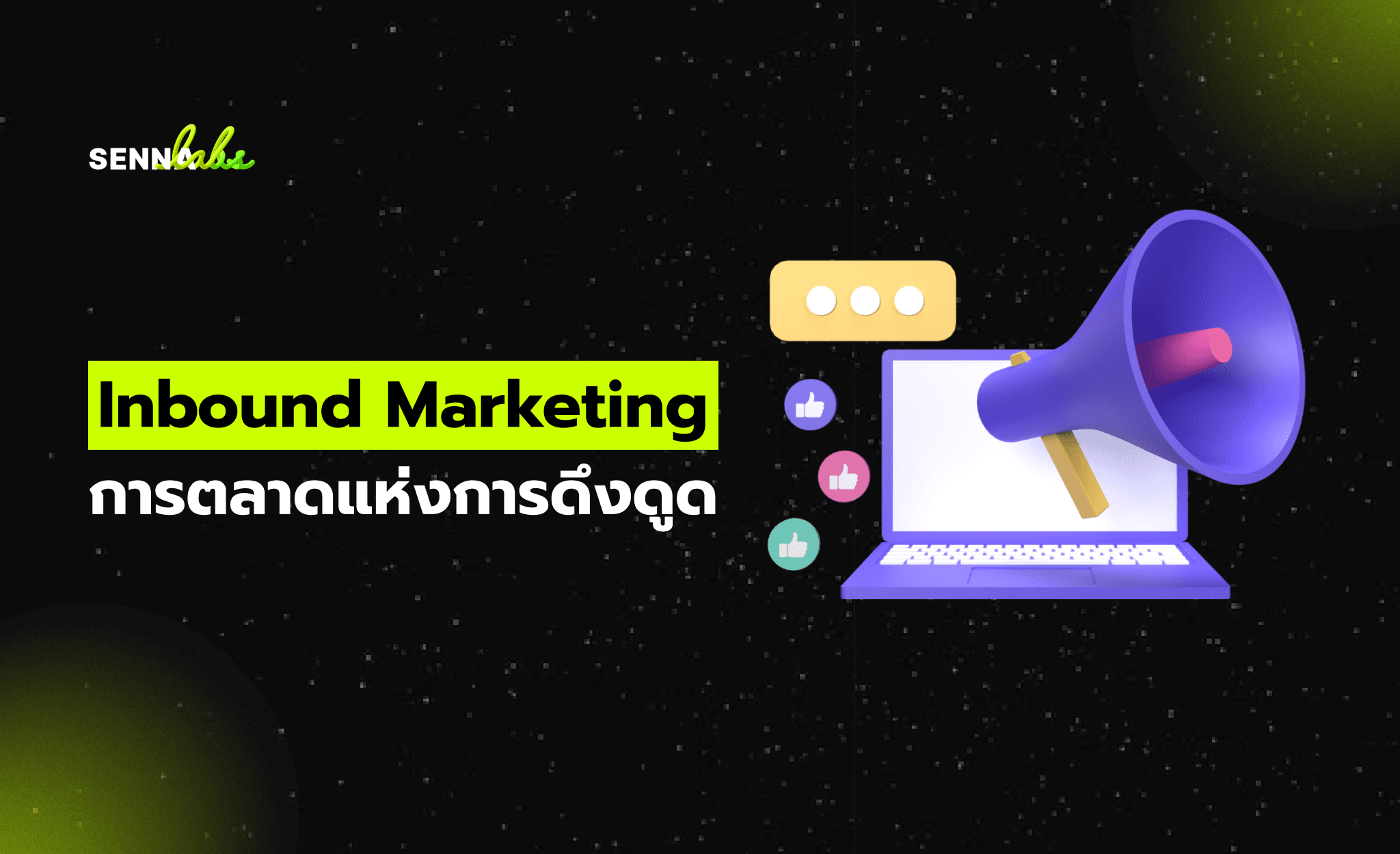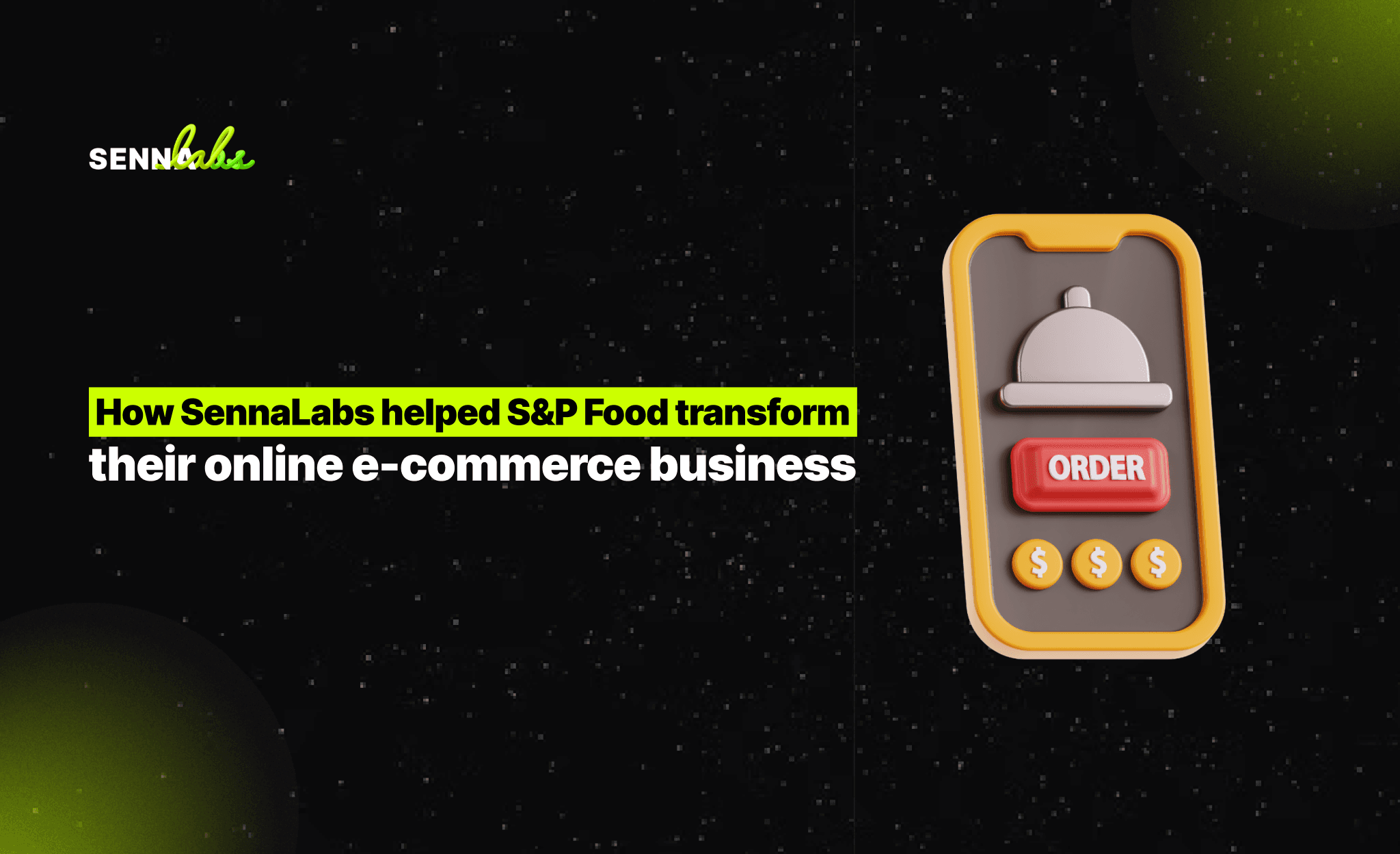Optimizing Page Load Speed for a Better UX
Share

Page load speed is one of the most critical factors influencing User Experience (UX), engagement, and conversion rates. Slow-loading websites frustrate users, increase bounce rates, and reduce conversions, especially in industries like e-commerce, travel, and SaaS, where quick access to information is crucial.
A travel booking website noticed a significant drop in completed bookings due to slow page load times. After implementing speed optimization techniques, including image compression, lazy loading, and content delivery networks (CDNs), the platform saw a 30% increase in conversions.
This article explores how optimizing page load speed enhances UX/UI and key strategies that businesses can implement to improve website performance.

Case Study: A Travel Booking Website Increased Conversions by 30% After Optimizing Load Times
A leading travel booking platform analyzed its high bounce rates and abandoned booking processes and discovered that:
-
Pages took an average of 6 seconds to load, causing users to leave before completing their bookings.
-
Image-heavy pages (hotel and flight listings) slowed performance, especially on mobile devices.
-
Multiple HTTP requests and unoptimized JavaScript (JS) and CSS contributed to delays.
UX/UI Improvements Implemented
-
Reduced image sizes using compression tools and implemented lazy loading.
-
Minimized HTTP requests and optimized CSS/JS files.
-
Deployed a CDN and enabled browser caching to speed up content delivery.
Results:
-
Conversion rates increased by 30%.
-
Bounce rate dropped by 25%.
-
Page load time improved from 6 seconds to 2.5 seconds.
Techniques to Reduce Image Sizes and Use Lazy Loading
Why Image Optimization Matters
Images account for 60-70% of a webpage’s total weight, making them one of the biggest contributors to slow load times. Large, uncompressed images delay rendering and negatively impact UX.
How to Optimize Images for Faster Loading
-
Use Compressed Image Formats
-
Convert images to WebP (offers high-quality images at smaller file sizes).
-
Use JPEG and PNG compression tools like TinyPNG or ImageOptim.
-
Implement Lazy Loading
-
Load images only when they are about to enter the viewport rather than all at once.
-
Use the loading="lazy" attribute in HTML to defer off-screen images.
-
Serve Responsive Images
-
Use the <picture> and <srcset> attributes to deliver different image sizes based on screen resolution.
Example from the Travel Booking Case Study:
-
Before: The homepage loaded all hotel images simultaneously, causing delays.
-
After: Lazy loading was enabled, loading images only when users scrolled to them.
-
Result: Initial page load time dropped by 50%.
Minimizing HTTP Requests and Optimizing CSS/JS
Why Too Many HTTP Requests Slow Down Websites
Each webpage component (images, stylesheets, scripts, fonts) requires an HTTP request. More requests mean slower page loads, especially on mobile networks.
Strategies to Reduce HTTP Requests and Optimize Code
-
Minimize HTTP Requests
-
Remove unnecessary third-party scripts and plugins.
-
Combine multiple CSS and JS files into a single file to reduce requests.
-
Use icon fonts or SVGs instead of image-based icons.
-
Optimize and Minify CSS & JavaScript
-
Use tools like CSSNano and UglifyJS to remove unnecessary characters, whitespace, and comments.
-
Defer non-critical JavaScript and load it asynchronously (async or defer attributes).
-
Enable critical CSS to load above-the-fold content quickly while deferring other styles.
Example from the Travel Booking Case Study:
-
Before: The site loaded over 100 HTTP requests per page, slowing performance.
-
After: Minified CSS/JS, removed unnecessary scripts, and combined multiple files.
-
Result: Page load time reduced by 1.5 seconds, improving user engagement.
How CDNs and Caching Strategies Improve Performance
What is a CDN (Content Delivery Network)?
A CDN distributes website content across multiple servers worldwide, ensuring users access data from the nearest server, reducing latency and improving speed.
Benefits of Using a CDN
-
Faster load times for global users (reduces geographical delays).
-
Improved reliability by reducing server load and preventing crashes.
-
Enhanced security through DDoS protection and traffic filtering.
Best Practices for Browser Caching
-
Enable Long-Term Caching for Static Assets
-
Cache images, CSS, and JavaScript in the user’s browser to reduce repeated downloads.
-
Use expiration headers (Cache-Control) to define how long assets are stored.
-
Use Server-Side Caching
-
Implement page caching to store pre-rendered versions of dynamic content.
-
Utilize database query caching for improved performance in content-heavy sites.
Example from the Travel Booking Case Study:
-
Before: Every user request required a fresh server response.
-
After: A CDN was implemented, along with browser caching for static assets.
-
Result: Server load decreased by 40%, and page load times improved.
Summary: How to Optimize Page Load Speed for a Better UX
Key Takeaways:
-
Optimize images and use lazy loading to reduce page weight.
-
Minimize HTTP requests and optimize CSS/JS to streamline performance.
-
Use CDNs and caching strategies to deliver content faster.
Conclusion
Fast page load speed is essential for providing a smooth, engaging user experience. Businesses that prioritize speed optimization will see higher user satisfaction, improved engagement, and increased conversions.
By implementing efficient UX/UI design strategies, leveraging modern performance techniques, and continuously optimizing website performance, companies can ensure their websites remain fast, responsive, and competitive in the digital landscape.

Share

Keep me postedto follow product news, latest in technology, solutions, and updates
Related articles
Explore all


